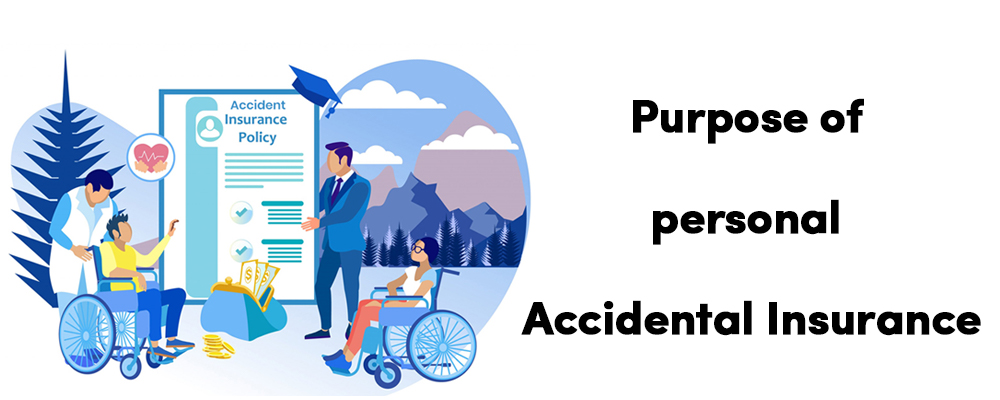The Greatest Guide To Pacific Prime
The Greatest Guide To Pacific Prime
Blog Article
The Best Guide To Pacific Prime
Table of ContentsNot known Facts About Pacific PrimeThe Facts About Pacific Prime UncoveredPacific Prime Fundamentals ExplainedOur Pacific Prime PDFsSome Known Incorrect Statements About Pacific Prime

This is due to the fact that the information were accumulated for a duration of strong financial performance. Of the approximated 42 million individuals that were uninsured, just about about 420,000 (about 1 percent) were under 65 years old, the age at which most Americans become eligible for Medicare; 32 million were adults between ages 18 and 65, around 19 percent of all adults in this age team; and 10 million were children under 18 years of age, regarding 13.9 percent of all children (Mills, 2000).
These quotes of the number of persons without insurance are created from the annual March Supplement to the Current Population Study (CPS), performed by the Demographics Bureau. Unless or else kept in mind, nationwide price quotes of people without medical insurance and percentages of the populace with different kinds of coverage are based on the CPS, one of the most widely utilized resource of price quotes of insurance coverage and uninsurance prices.
Our Pacific Prime Statements

Still, the CPS is specifically helpful since it creates yearly price quotes reasonably swiftly, reporting the previous year's insurance protection approximates each September, and due to the fact that it is the basis for a regular collection of quotes for even more than two decades, enabling evaluation of patterns in protection in time. For these factors, along with the considerable use the CPS in other researches of insurance protection that are presented in this report, we depend on CPS quotes, with restrictions kept in mind.

The price quote of the variety of uninsured individuals broadens when a population's insurance policy status is tracked for a number of years. Over a three-year duration starting early in 1993, 72 million people, 29 percent of the U.S. https://triberr.com/pacificpr1me. population, were without insurance coverage for at the very least one month. Within a single year (1994 ), 53 million individuals experienced a minimum of a month without protection (Bennefield, 1998a)
6 out of every 10 without insurance grownups are themselves utilized. Although functioning does enhance the probability that and one's member of the family will certainly have insurance coverage, it is not a warranty. Also members of households with two full-time breadwinner have virtually a one-in-ten chance of being without insurance (9.1 percent without insurance rate) (Hoffman and Pohl, 2000).
The 8-Minute Rule for Pacific Prime
New immigrants represent a significant percentage of individuals without medical insurance. One evaluation has actually connected a significant part of the current development in the size of the U.S. without insurance population to immigrants that got here in the nation in between 1994 and 1998 (Camarota and Edwards, 2000). Recent immigrants (those that came to the United States within the previous four years) do have a high price of being without insurance (46 percent), but they and their children make up just 6 percent of those without insurance nationally (Holahan et al., 2001).
The relationship in between wellness insurance coverage and access to care is well developed, as view website documented later on in this phase. The partnership in between health and wellness insurance and health outcomes is neither straight nor basic, a comprehensive clinical and wellness services research study literary works web links wellness insurance policy coverage to better access to care, far better quality, and boosted personal and population health and wellness standing.
Degrees of analysis for taking a look at the impacts of uninsurance. This discussion of health insurance policy coverage concentrates primarily on the united state populace under age 65 since virtually all Americans 65 and older have Medicare or various other public insurance coverage. Furthermore, it focuses specifically on those with no health and wellness insurance coverage for any kind of length of time.
Some Ideas on Pacific Prime You Need To Know
The problems dealt with by the underinsured are in some respects similar to those faced by the uninsured, although they are normally much less severe. group insurance plans. Uninsurance and underinsurance, however, involve clearly various plan problems, and the strategies for resolving them may vary. Throughout this research and the 5 records to follow, the main focus is on persons with no medical insurance and hence no support in paying for healthcare past what is readily available with charity and safety and security net establishments
Health and wellness insurance is an effective element impacting receipt of treatment because both patients and physicians respond to the out-of-pocket rate of services - https://www.gaiaonline.com/profiles/pacificpr1me/46638741/. Wellness insurance, nevertheless, is neither essential nor enough to get access to medical solutions. Nonetheless, the independent and straight effect of medical insurance coverage on accessibility to health services is well established.
Others will certainly obtain the healthcare they require also without medical insurance, by paying for it expense or seeking it from service providers who offer care cost-free or at highly subsidized prices. For still others, health insurance coverage alone does not guarantee receipt of treatment due to the fact that of other nonfinancial barriers, such as an absence of wellness treatment carriers in their neighborhood, limited accessibility to transport, illiteracy, or linguistic and cultural differences.
Not known Facts About Pacific Prime
Formal research concerning without insurance populations in the United States dates to the late 1920s and early 1930s when the Committee on the Price of Medical Treatment generated a series of reports concerning financing physician office visits and hospitalizations. This concern ended up being salient as the varieties of clinically indigent climbed during the Great Depression.
Report this page